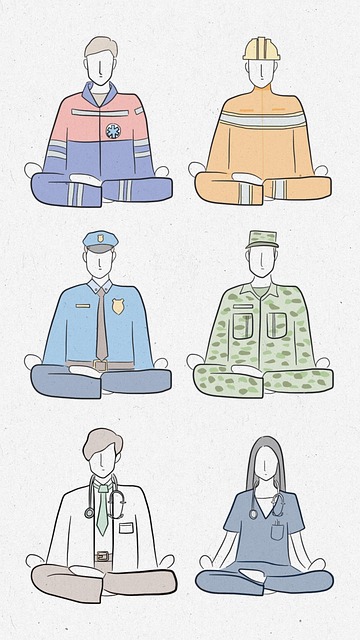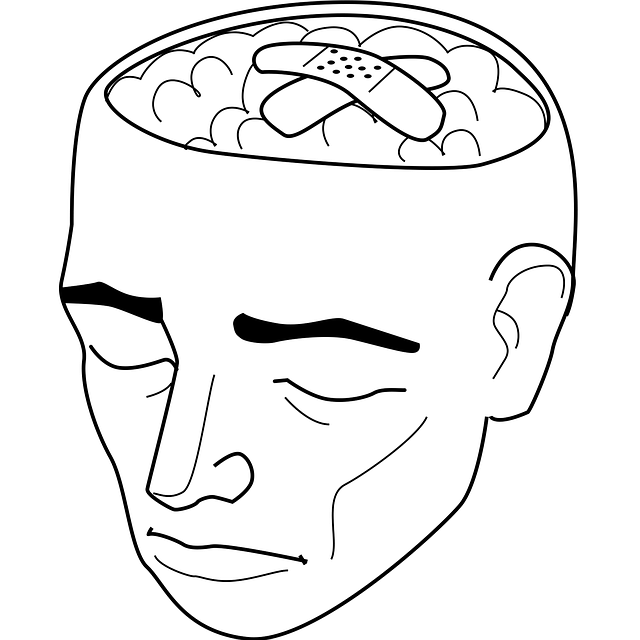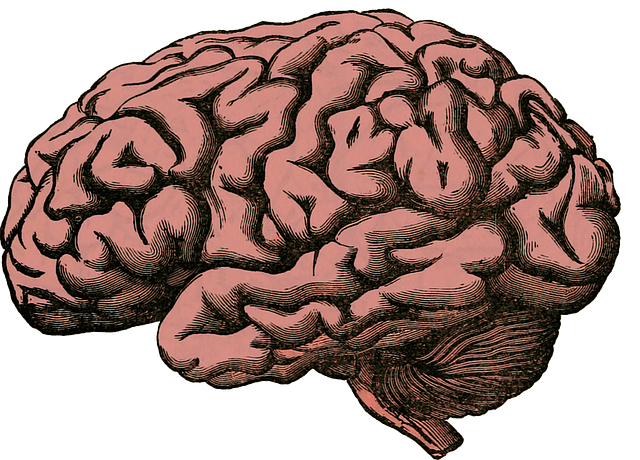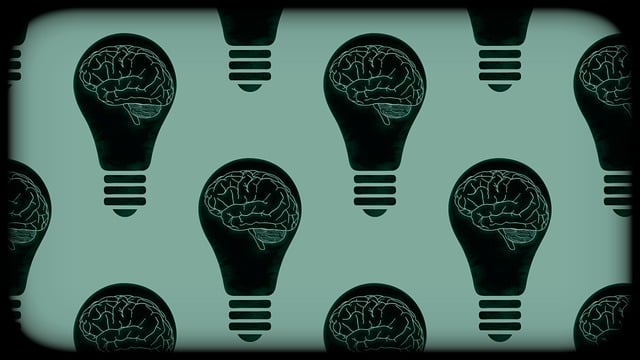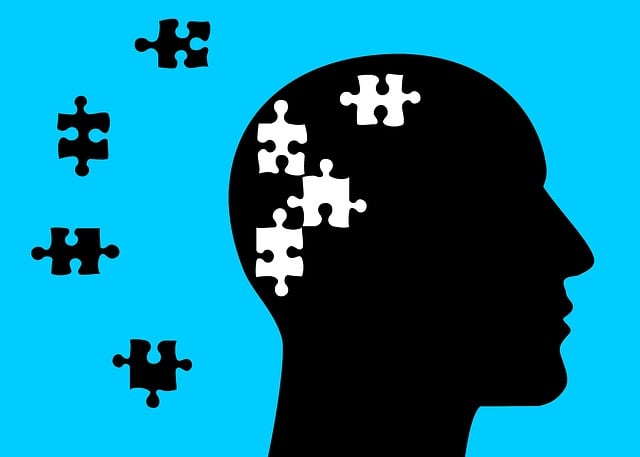Superior Developmental Disability Therapy (SDDT) prioritizes risk assessment for safe, effective practices. This involves evaluating potential risks, hazards, likelihood, and severity, with strategies to mitigate adverse outcomes. Crisis intervention guidance enhances therapist preparedness for acute situations, while public awareness campaigns on mental health educate communities to recognize warning signs early. SDDT includes comprehensive harm minimization plans addressing physical, psychological, and social risks, promoting self-care, mindfulness, and resilience. Continuous evaluation, cultural sensitivity training, and burnout prevention strategies ensure tailored interventions, improving client outcomes and therapist well-being.
Risk assessment and harm minimization planning are essential components of superior developmental disability therapy. This comprehensive guide explores critical aspects of safe practice, from understanding risk assessment as a foundational step to identifying potential risks and developing robust harm minimization strategies. We delve into effective implementation techniques and emphasize the importance of continuous evaluation for client safety in every session. By following these practices, therapists can enhance the quality and security of their services.
- Understanding Risk Assessment: A Foundation for Safe Therapy Practices
- Identifying Potential Risks and Harms in Developmental Disability Therapies
- Developing a Comprehensive Harm Minimization Plan
- Implementing Strategies for Effective Risk Management
- Continuous Evaluation and Improvement: Ensuring Client Safety in Every Session
Understanding Risk Assessment: A Foundation for Safe Therapy Practices

Understanding risk assessment is paramount in the field of superior developmental disability therapy, serving as a cornerstone for implementing safe and effective therapy practices. It involves meticulously evaluating potential risks associated with various therapeutic interventions and client characteristics to ensure minimal harm. This process encompasses identifying hazards, analyzing their likelihood and severity, and developing strategies to mitigate or prevent adverse outcomes.
By integrating crisis intervention guidance into risk assessment, therapists can anticipate and address acute situations effectively. Public awareness campaigns focused on mental health also play a crucial role in fostering a proactive approach to risk management. For instance, educating the community about recognizing warning signs of potential crises enables early identification and timely interventions. Thus, a comprehensive risk assessment for mental health professionals becomes a powerful tool, promoting not only client safety but also enhancing overall therapeutic outcomes in superior developmental disability therapy.
Identifying Potential Risks and Harms in Developmental Disability Therapies

Identifying potential risks and harms is a critical step in ensuring superior developmental disability therapy. This process involves a thorough assessment of every aspect of the therapeutic approach, from treatment modalities to environmental factors. Therapists must consider not only physical dangers but also emotional and social challenges that may arise during the healing process. For instance, certain interventions could inadvertently trigger distress or cause discomfort, especially if not tailored to the individual’s unique needs and experiences. By proactively identifying these risks, therapists can implement strategies to mitigate potential harms, fostering a safer and more supportive environment for clients with developmental disabilities.
A comprehensive risk assessment should encompass the client’s personal history, cultural background, and current circumstances. This includes exploring past traumas, sensory sensitivities, or communication challenges that might impact their therapy experience. For example, implementing community outreach program initiatives can help build trust and enhance empathy between therapists and clients. Strategies focused on empathy building can significantly improve therapeutic outcomes by fostering a sense of understanding and respect, thereby strengthening the client’s inner strength development.
Developing a Comprehensive Harm Minimization Plan

Developing a comprehensive harm minimization plan is an integral part of risk assessment and superior developmental disability therapy. This strategy involves identifying potential risks and implementing tailored interventions to promote safety and well-being. A robust plan should address not only physical hazards but also psychological and social factors that may contribute to harm. By fostering self-care routine development for better mental health, the therapeutic approach ensures individuals with disabilities are equipped with coping mechanisms and life skills.
Mindfulness meditation, as a component of this strategy, can significantly enhance mental wellness. It teaches present-moment awareness, helping individuals manage stress, anxiety, and potential triggers more effectively. Through regular practice, mindfulness becomes an accessible tool for self-regulation, ultimately supporting overall mental health and resilience. This holistic approach to harm minimization planning is pivotal in enabling individuals with developmental disabilities to lead fulfilling lives while mitigating risks.
Implementing Strategies for Effective Risk Management

Implementing effective risk management strategies is paramount in ensuring the safety and well-being of individuals, especially those with superior developmental disabilities. Professional therapists play a crucial role in this process by employing tailored interventions that address both physical and psychological risks. Superior Developmental Disability Therapy (SDDT) offers specialized approaches to mitigate potential harms, focusing on proactive measures rather than reactive responses.
One key aspect is integrating Stress Reduction Methods and Emotional Well-being Promotion Techniques into therapy sessions. These techniques empower clients to manage stress, regulate emotions, and build resilience. By teaching coping mechanisms, SDDT enables individuals to anticipate and navigate challenging situations, thereby minimizing the impact of stressors on their overall health and functioning. This proactive harm minimization approach contributes to improved quality of life for those with developmental disabilities.
Continuous Evaluation and Improvement: Ensuring Client Safety in Every Session

In the realm of Superior Developmental Disability Therapy, continuous evaluation and improvement are non-negotiable components of ensuring client safety during every session. This dynamic approach involves regularly reviewing and updating harm minimization plans based on emerging research, best practices, and individual client needs. By integrating burnout prevention strategies for healthcare providers, mental health education programs design can be tailored to address specific challenges and promote resilience among therapists.
Cultural sensitivity in mental healthcare practice plays a pivotal role in this process. Recognizing the unique cultural backgrounds and experiences of both clients and therapists allows for more personalized and effective interventions. Regular staff training sessions that focus on these aspects ensure that everyone involved remains committed to providing high-quality, safe, and inclusive care. This continuous cycle of evaluation and improvement is key to enhancing client outcomes and maintaining a robust therapeutic environment.
Superior Developmental Disability Therapy requires a robust framework of risk assessment and harm minimization planning. By understanding the foundational principles, identifying potential risks, developing comprehensive strategies, and implementing effective management techniques, therapists can ensure client safety in every session. Continuous evaluation and improvement are paramount to enhancing therapy practices, fostering positive outcomes, and upholding the highest standards of care.






